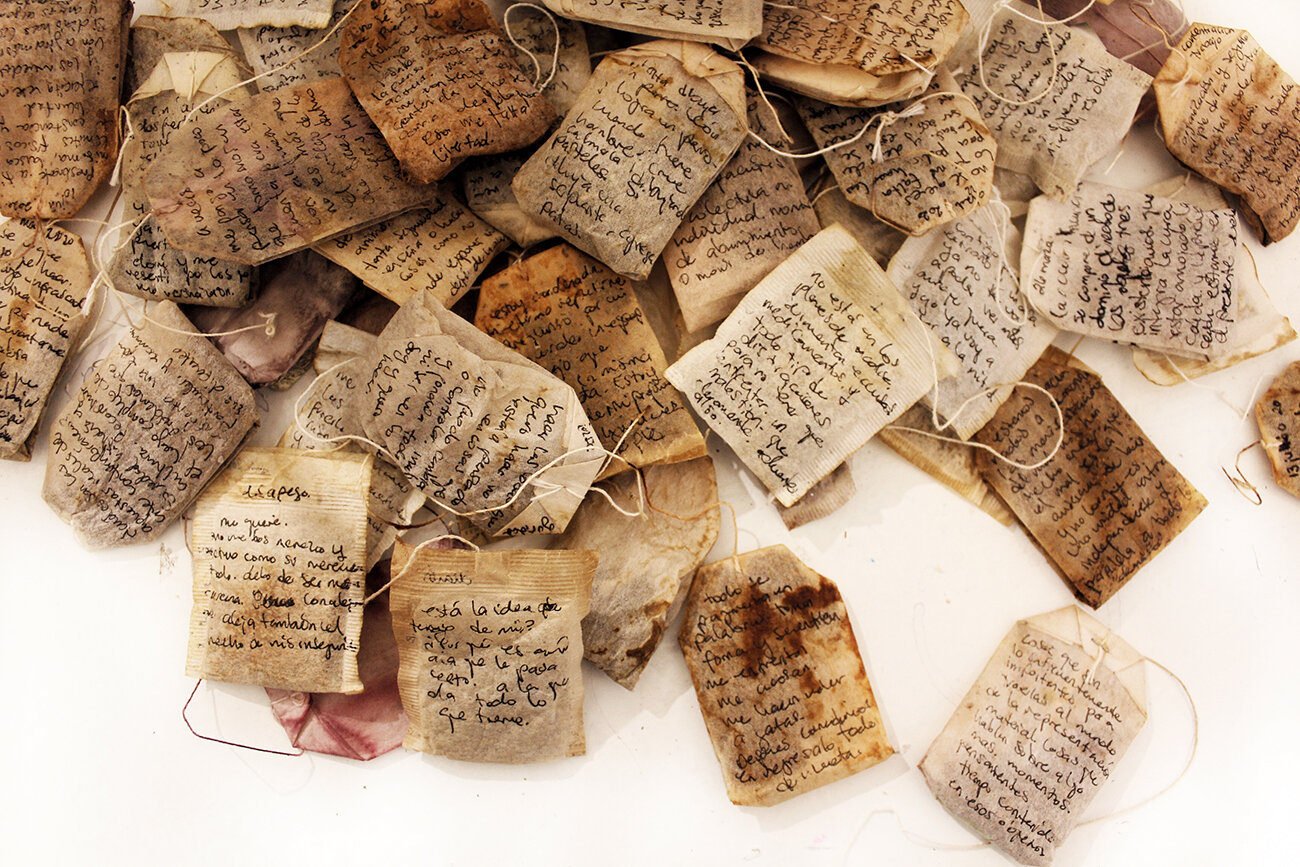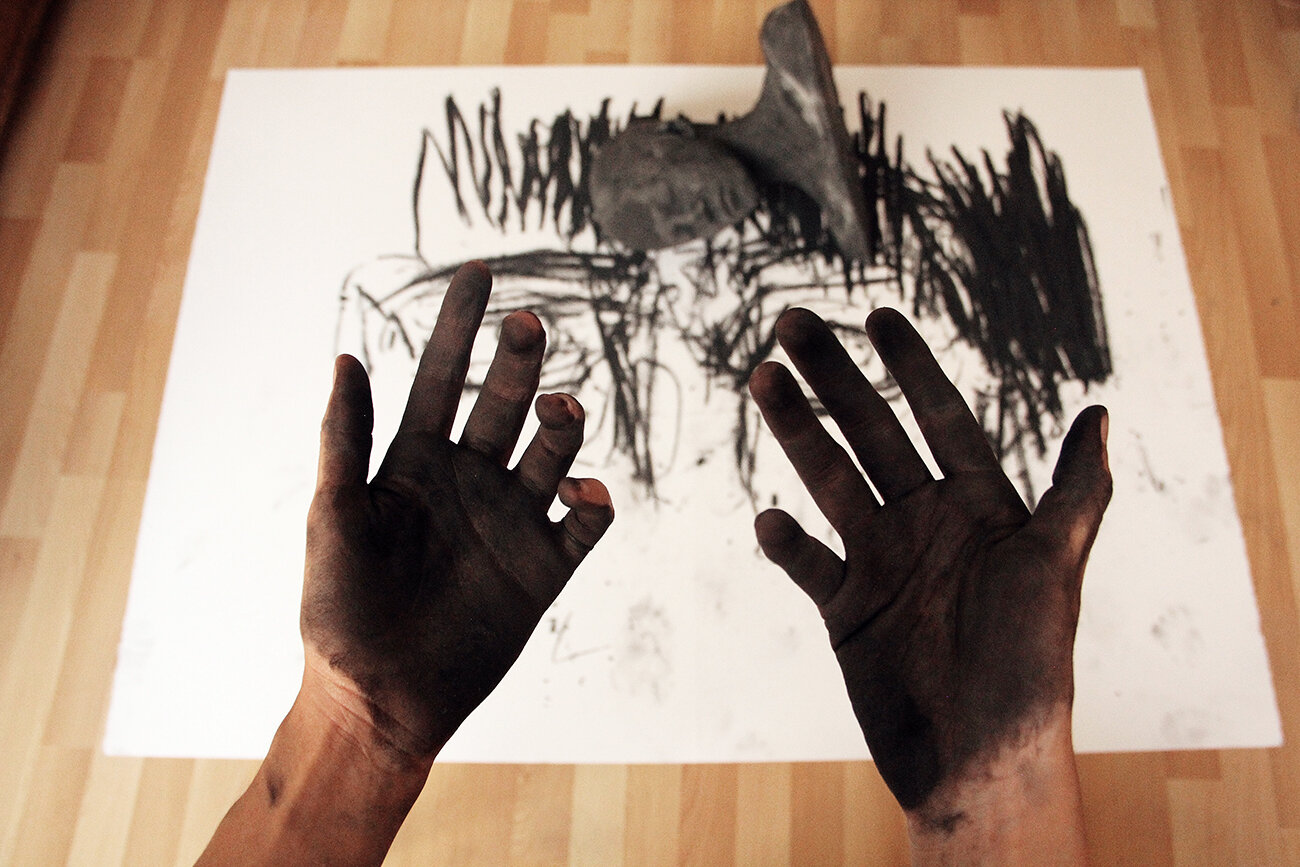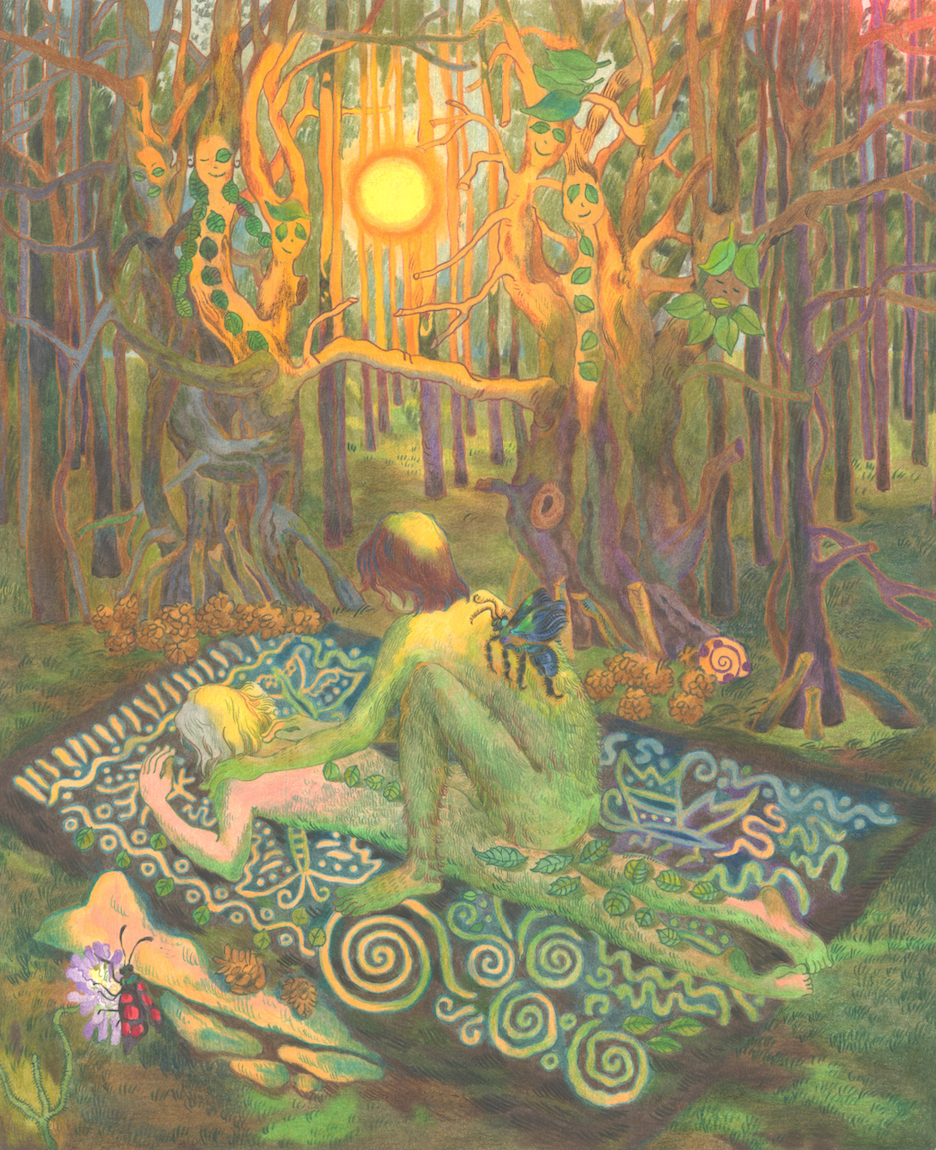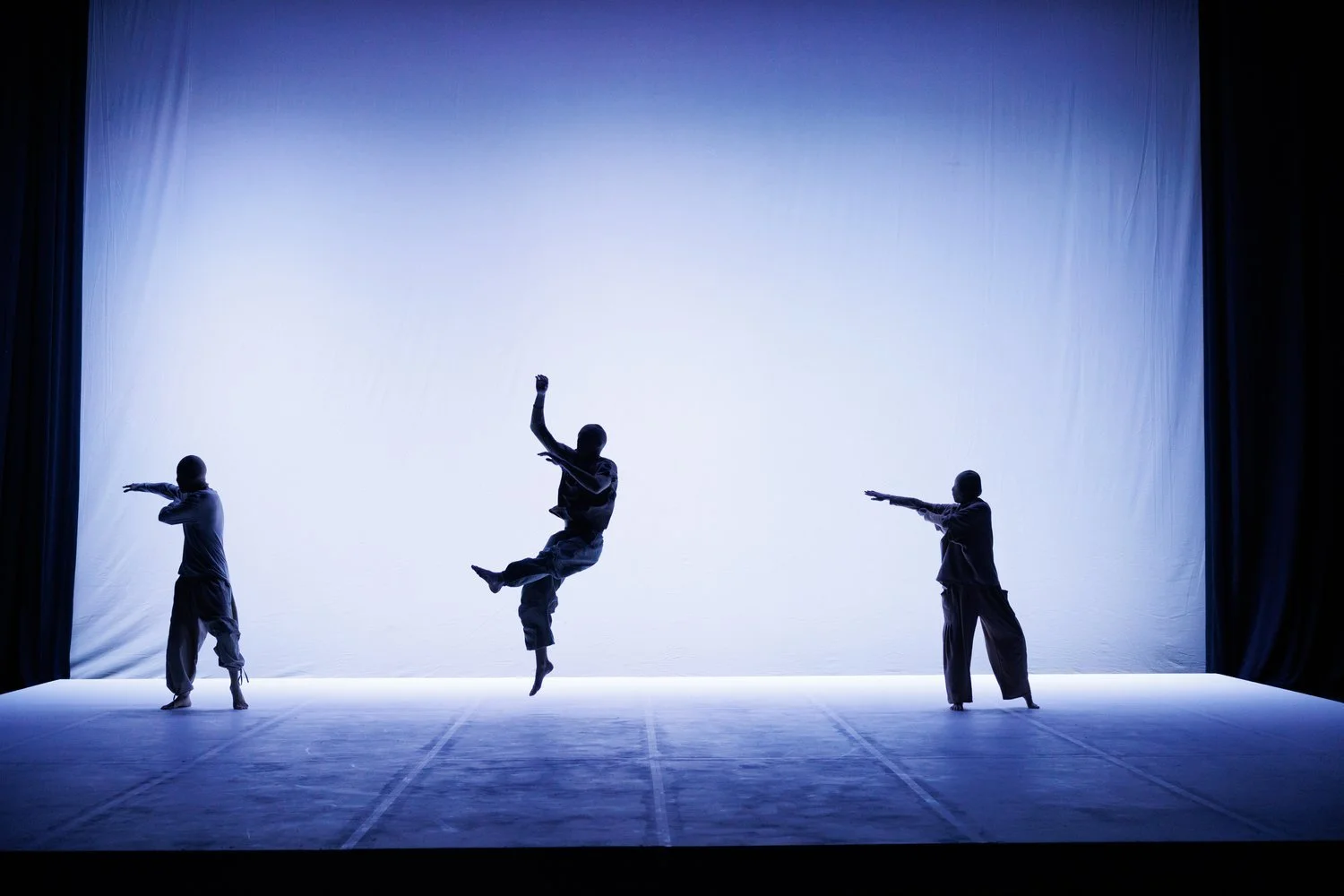11 Questions with Tabata Bandin
Tabata Bandin is a multidisciplinary Mexican artist. Her work is based on the same discourse that she has approached and developed through different mediums such as drawing, video, photography and objets d'art. Tabata has had academic and hands-on training in visual arts, philosophy, psychology, and sociology, disciplines that involve and give structure to my work.
THESIS. Tabata Bandin's artistic project is an archive whose central theme is identity. Specifically, its structure through the study of the bonds individuals develop and maintain with material objects they produce and consume; "material identity," an identity always connected to their environment, social context, and others.
Tabata Bandin©
GENERATIVE PORTRAITS
RESOURCES. Tabata likes quoting things, putting them on the same stage, and interacting with themselves and their depictions, their portrayal in every discipline, in every language. She interacts with them, with her symbolic universe, inhabiting it, bringing them into reality, and materializing them, making her subconscious mind tangible. Tabata Bandin's pieces address how her identity is structured through her daily life and surroundings. This is the backbone of the research that supports her work and her entire existence, using the Corporeal Self as an approaching tool.
TEA TIME.
OBJECT ART / PROCESS
Teabags modified with personal texts. 2019-2020
<Collection of truly personal moments, and rituals of daily life.>
The 'contained moment' when I think about the world and ponder over me. Time for tea. Objects are always self-referential, they are something that I am, and at the same time, I own. That assembly, the node where subjectivity and the concrete converge. The relationships and significations in which experience means something.
Tea Time. Photo Tabata Bandin©
Could you tell us a little more about your background, and how did you begin making art?
I think I have had very similar ways of acting since I was very young. I have always been one of those who like to create and make rituals, drawings, or objects to deal with emotional issues and everyday situations. It became part of who I am. However, I decided to apply to art college at some point in my life, and a new outlook opened up for me. I found a different purpose and level of understanding. I was able to channel that energy consciously. I have learned a lot over the years, not only through formal training but also by experimenting with my own existence.
I feel that my evolution has been progressive. At each stage, I have managed to situate and develop much of what is the core of my work. But I did not truly experience it as art until, following a profound existential crisis, I had to restructure my whole life and work to recover my identity and myself. I achieved this goal by retracing every step. All my ways of expression were the vehicle through which I managed to rediscover myself. I finally understood what the art creation had been representing throughout my life, and I managed to give a new meaning to everything.

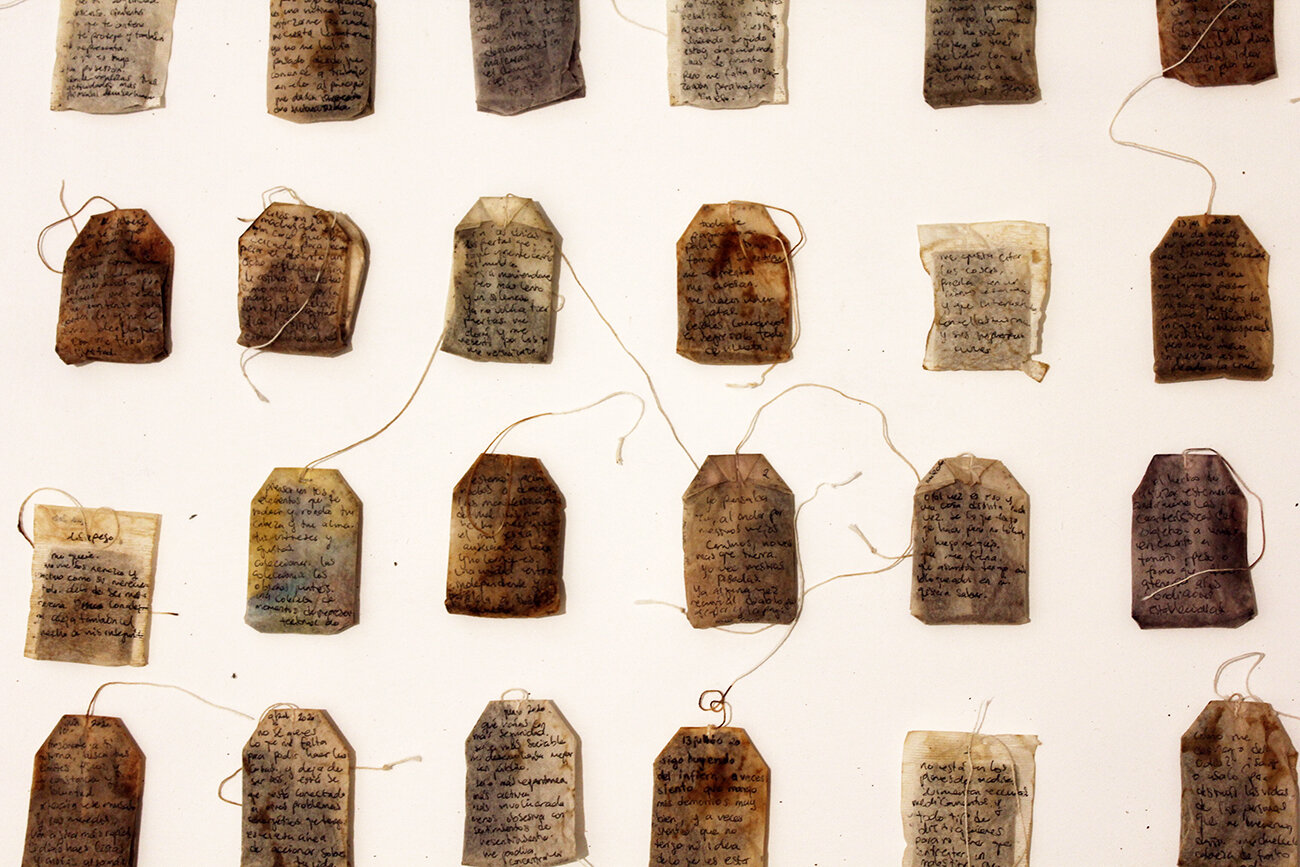
You generally construct your figures from a variety of fabrics and techniques, whether drawing, sculpture, and photography. How did you evolve this way of working?
I received a traditional education at the Art Academy, that's where I first started working on skills I hadn't quite developed, such as drawing and painting. Everything came separately, one thing at a time, I learned a technique and worked on it, but I soon felt the need to find a different way of expressing what I wanted to say. Eventually, the platform no longer accommodated my ideas, so I had to migrate several times from one workshop to another. I loved every single of them, but something was missing.
I started with painting; then I took up photography, video art, and finally, steel engraving (rotogravure). My foundations are in drawing, so this has always been part of everything I do. At the same time, a couple of years after entering Art School, I felt the need to look for another method or skill that would cope with the conflicts around me that I was not going to find within the resources I was then working with, so, I put together my own imaginary syllabus, I began studying sociology in combination with philosophy and economics. I worked on every aspect of my life at once, at times giving more significant consideration to one over the other.
In the end, I reached a point where things blended together in my head. I had so much information available, so I started combining everything I knew to provide better solutions with forms, concepts, and materials that worked better together. It was a kind of interdisciplinary narrative portrait that appeared by questioning my day-to-day life. It was a long journey, almost like learning another language: first, I learned the words separately, and then I was able to structure sentences with them.
During this process, the elements that make up my work and my universe have been restructured and made significant; these elements have expanded and evolved with me.
EXCERCISE 12.
ART OBJECT / VIDEO / ACTION
"Identity is found (finds us) in those objects detached from our own bodies, which cause the desire that drives lives."
Transference. We crumble to rebuild ourselves. Self-portrait in drawing on paper. Made by wearing a self-portrait in sculpture made of a pigmented mixture. The individual as an element of exchange. The wear and tear resulting from applying a workforce (be it spiritual, mental or physical) to a given situation to reaffirm our identity, and what we give up/transfer of ourselves by doing so. We leave a part of us in everything we do.
Excercie 12. Photo Tabata Bandin©
How do you define yourself as an artist?
I think about these two quotes every time I think about my work as an artist, both are very accurate in describing what I do with my life and my work, and I use them also because I always end up talking about myself in metaphor.
The first one is by Pablo Christlieb and says:
"I'm devising a language that I will use to pronounce my own name."
The second one is by Merleau Ponty.
"The thickness of the body, far from rivaling that of the world, is, on the contrary, the sole means I have to go unto the heart of the things, by making myself a world and by making them flesh."
Excercie 12. Photo Tabata Bandin©
What do you see as the strengths of your art, visually or conceptually?
I see each of my pieces as symbolic sharing spaces. They are the way I have to materialize my relationship with the world and <the other>, making a sort of synthesis, that in the end, translates into objects and other tangible processes.
Each piece is a node of associations, a specific contract of relations between its elements. The dialogue between these is the cornerstone of the construction process for the final image.
Every image is very powerful because it carries a whole world within; this is the force from which everything emerges. I think this as the strength of my work because the material I work with is infinite, evolves, and transforms along with me day by day, and it helps me heal and understand the world I inhabit. Life is endless until it ends.
Excercie 12. Photo Tabata Bandin©
"We transit through a world of things, and we uncover Things insofar as they mean something to us. When we bring an entity into our universe, we approach it and have access to its hidden potential by questioning it or using it. This is how we unveil our own potential and possibilities. Existence is a project to uncover and shape itself. Existence is carried out through a specific project. The being is becoming" Heidegger.
What is your creative process like?
My work as a whole is like a journal, a visual archive of everything influencing my thoughts and coexisting with my body. I try to interpret and assimilate aspects of my life that are relevant and transcendental within the structure of my identity.
In a way, I speak about me and, at the same time, about the reality that touches my existence, a reality born from a historical and social entity. Each of the pieces defines itself. I know how a piece will look like as soon as I start thinking about an idea and figuring it out. I work on the concept to reveal itself simultaneously within me and in the tangible world; the nature of the piece reveals its form. Sometimes, I feel the need to take a pencil and write as fast as possible immediately, or to draw the silhouette and shape of an idea before it gets lost in my mind again. Other times, I hatch those ideas over the years, I polish them, study them, question them, and live them until they make total sense. And, just as sometimes I need a pencil, other times I need fabric, broken plates, words, or even something that is built up over time, Things I notice from watching myself and watching the way I inhabit everything around me, my house, my objects, my words, my music, the people I know, and of course, the way I inhabit myself.
The platform I use for each piece is born from the idea and builds up with it. It is a diamond in the rough that I shape and interpret. The idea unfolds in all directions and dimensions around the central themes underlying the elements in my universe. Each of the pieces is born and shaped differently; they speak in their own voice.
EXERCISE 13.
ART OBJECT / PHOTOGRAPHY
SELF-PORTRAIT, 35 mm film photography
Superstitions. "Never leave open scissors on the bed."
I'm superstitious. Suddenly it seems I live for my fears; my life is an ode to them. - As a child, I was told that leaving scissors open on the bed was bad luck for marriage, personal relationships, or both. There was talk of an invisible thread that united people. If you left the scissors open, you could cut the fine thread between the two people sharing that bed.
"By way of a deviation, the emotion is directed towards a transactional object, which acts as an intermediary and determines that the emotion itself changes course towards other objects. It happens, for example, that suffering is attenuated through rituals and the construction of funeral monuments". R. BODEI
Excercie 13. Photo Tabata Bandin©
What aspect of your work do you pay particular attention to?
I emphasize narrative so that my processes are clear and well communicated, both to myself and to others. My work is not necessarily contemplative; it takes a certain amount of commitment to do a reading. Although my work is self-referential, and self-portrait is a central part of it, processing and interpreting entail things beyond me. I speak in the first person because I can't speak from anywhere else. It's the only place I know. My body is the primary tool I use to assimilate everything that enters and exits.
One of my goals is to allow the viewer to empathize with my approach to reality and objects. One of the things I particularly admire about human beings is our ability to communicate. Each individual has a unique and different perspective. When we share with others, we understand the world from another angle. We are all one.
Can you tell our readers what experience of your life is reflected in your works of art?
My daily life, what happens around me, and what influences my way of thinking and acting. Those thoughts and circumstances cling to my everyday life, touch it, determine it, and transform it.
The relationships we establish with the elements around us (people, things, and circumstances) finally give direction to our actions and meaning to our existence and others' existence. I always talk about the present moment. I talk about things as they happen: my insecurities, fears, the objects I use and produce, my relationships, and major crises, which occur both inside and outside me and permeate my everyday life, things that define me.
Excercie 13. Photo Tabata Bandin©
Can you explain the role of an artist in society? And how do you accomplish yours?
In my opinion, an artist is someone who can interpret and represent a subject from a vast range of different positions and perspectives. The artist transmits how reality affects us and how it is structured from his or her perspective. An artist takes fact and works on it, exposes it, and then reinserts it and makes it visible with his or her approach, whatever it may be. The issues that confront artists result from their own context and the social, economic, political, and historical condition in which they live. Therefore, they are generational concerns, which we approach from an individual standpoint. From working on them and talking about them, waves are generated and replicated. They become enormous until there is no other option but to turn to see them.
Art is a language that it's read and assimilated from our very core because that is where it speaks.
What do you hope that the public takes away from your work?
The perceptual experience itself is the tool. It is only through empathy that we are often able to assimilate things in substance. The advantage of coexisting in the same reality is that we have the great gift of communicating with each other to experience different perspectives. Actions of this kind allow us to make small changes in the world structure until we succeed in changing the limits that define us as individuals and society.
All of us, together, are the hands of 'God.'
Excercie 13. Photo Tabata Bandin©
Do you have any upcoming shows or collaborations you are looking forward to?
During quarantine, I started a project with a Cuban artist called Alejandra Glez.
We got to know each other's work through social media, and we both felt the need to do something together. Our discourses shift, so we found a way to create a dialogue. We started with online performance and our collaboration developed into a joint exhibition. The exhibition plans are on hold due to the pandemic, both in Mexico and Cuba. But I long for the day when we can make it happen, as I think it is compelling.
I am always happy to share my work, so I am open to new collaborations anytime.
What is your favorite genre of music to listen to while working?
I have strange habits when it comes to music in the workplace. Most of the time, I avoid listening to very catchy songs or songs with lyrics that jeopardize my attention. It is very easy for me to get lost in my thoughts. I like having a clear mind when working, no external distractions.
I love to create, though, while listening to genres like jazz, opera, classical music, instrumental rock, 20's music in every gender, and other things depending on my daily mood. Even so, I am not a person of specific genres. I fixate with particular things. There are bands, artists, and even singles I listen to repeatedly, even if they are all different genres. I can play the same song non-stop for two weeks, and I will still feel the need to play it again.
I am currently obsessed with a group called Mammal Hands, their music is truly amazing, and they play avant-garde jazz. I also listen a lot to Chelsea Wolfe, Bonobo, Stravinsky, The Cinematic Orchestra, Enrico Caruso, and Go Penguins. I like working with repetitive sounds, in perpetual movement. Hence, a big part of my collection is the sounds of nature. I like listening to the sounds of the forest, the sea, grasshoppers, and waterfalls.
I answered these questions while listening to 1920's music :)






